Whether you’re just starting out or you’ve logged many hours on the water, getting good at bass fishing isn’t as hard as you think. After countless casts and learning how bass actually behave, let me break down everything that made the difference for me.
Last updated: January 10th, 2025
Finding and Catching Largemouth Bass
In my humble opinion, the largemouth bass is the epitome of freshwater fishing. There’s nothing better on the planet than the feeling of hooking a largemouth.
They put up a heck of a fight, they strike hard, and they’re pretty good to eat too.
Here’s everything that I learned about catching largemouth bass.
Where to Look
This is simple: you should look at the shoreline when hunting largemouth bass. Whenever possible, largemouth bass will hold up along the shore and they’ll always gravitate toward any structure they can find in that area,

Largemouth Fishing Techniques
Nothing beats a Carolina Rig with a soft plastic. It’s like serving bass their favorite meal on a silver platter – you’re giving them everything they want in one perfect package.
Your bait is free-floating, it’s presenting itself naturally, and if you’ve chosen the right pairing (a soft plastic) then it should look delicious to any nearby bass. In addition, the reflection of the ball and swivel will reflect the light in both clear and murky water which will draw even more attention and tick off the ornery bass.
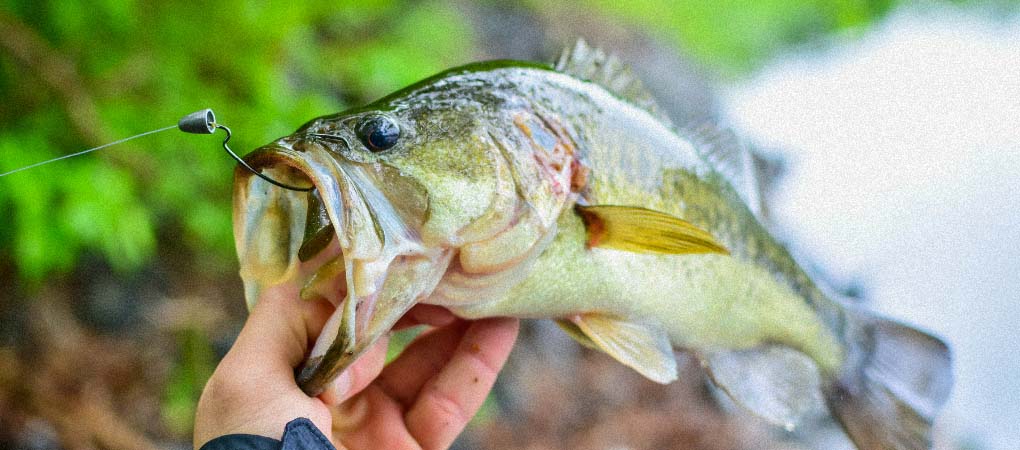
Plus, you also have the beautiful action of a soft plastic worm flowing through the water while the weight maintains the bottom and ensures maximum accuracy and realism for your fake lure.
This technique will work in most situations whether you’re fishing deep or shallow.
Now, if you’re really fishing deep for big lunkers you might want to pull out your crankbaits. These work great in depths of 20 feet or deeper in the middle of the day when the bass have moved out from the shallows.
Largemouth Fishing by Season
Let’s break down some of the best fishing techniques based on the time of year.
Spring
Starting around March or April (depending on your location), bass make their annual move from deep water into the shallows. They’re looking for warmer water to spawn, and those shallow areas heat up first.
During an interview I had with pro angler Shaw Grigsby, he shared something that changed my approach:
I think some of it has to do with me being blessed with excellent eyesight. But I’ve picked up little tricks along the way.
For example, I like amber, yellowish sunglass lenses because they collect light and make it easier to see a fish moving or a shadow.
Something I think that personally goes hand-in-hand with what Shaw said is the murkiness of the water.
This might not impact the Florida waters as much but in the North, spring’s murky water from snowmelt and ground moisture can make sight fishing challenging.
When visibility is low, I’ve found success by being more aggressive with my presentation and using spring bass lures that shine or make noise – the bass need something they can locate in that cloudy water.
Summer

When summer hits, you’re dealing with hot sun, clear water, and changing fish behavior. We know that bass are cold blooded which means that barometric pressure and temperature impacts the way they behave.
Experienced anglers know that bass feed most actively during periods of extended low pressure and mild-moderate temperatures. The science is clear: barometric pressure is lowest early morning and peaks at midday.
What does this mean for you?
Your best fishing windows are early morning and late evening. Even better? Bass are most active when pressure is falling, which happens overnight. That’s why summer night fishing can often produce the biggest catches.
Fishing in the rain is also a time known for lower pressure as the air begins to fill up with moisture and bass rise to the surface to reduce the pressure on their swim bladders.
I’ve had some of my best days throwing topwater lures like spinnerbaits and frogs during summer rain.
Fall
Fall bass fishing is one of my favorite. The weather is still nice but milder, a lot of people have left the water, and I find it to be a better opportunity to catch big bass.
Again, you’ll want to pay attention to the weather. The bass have been feeding hard all Spring and Summer. Fall is when they start to slow down a bit which means you’ll want to size down your lures and line accordingly.

In fact, the legendary Gary Yamamoto said it best in an interview I had with him. When talking about his Senko worms he mentioned:
I’ll see people using the Senko and they’re fishing way too fast. Then they can’t figure out why they’re not catching anything.
I just tell them, ‘Slow down.’ They’re amazed at the difference it makes.
I also find that the color of your lure plays a more pivotal role in the fall. With all the changing colors happening around, believe it or not, the bass pick up on that too.
As a result, you need to make sure you’re catering to the changes around you by picking up lures to match your surroundings.
Fall bass lures like shallow jerkbaits, swimbaits, and worms will work best this time of year. Bass tend to school up when it gets colder so pulling a jerk or swimbait through the school can be a great way to get a lot of attention without spooking them too much.
Winter
I’ll be honest, winter bass fishing isn’t fun unless you know what you’re doing. You’ll end up with bloodsuckers like pickerel on your hook every cast and it’ll ruin your time if you’re not specifically targeting bass with the right winter bass lures and techniques.

This time of year you want to stay away from fast-moving lures like crankbaits and spinnerbaits. Bass can’t keep up with them and unless you dangle something perfect right in their face, chances are, they won’t take it.
Winter is better suited for slow movers like jigs, spoons, and blades. These will reflect a lot of light and move more subtly so you don’t intimidate the bass.
Make sure you naturally move slower as well. Don’t create too many sudden jerks and move the lure through the water as fluently as possible.
What about ice fishing for bass? It can be done, but it’s hard. You can find info on the required gear in that ice fishing article I just linked.
The best way to approach ice fishing for bass is to do exactly what you would do if there wasn’t ice.
You’re still going to use jigs and blades so just drill holes in the places you would fish even if the ice wasn’t there. Approach it in a similar fashion by looking for weed beds and structure.
Can You Eat Largemouth Bass?
Absolutely – but there are some things you need to know first.
Depending on where you live you’ll have a bass fishing season.
If you’re like me and live in the North, the season kicks up around April or May and runs through June. During this time, you can keep bass that meet the size requirements – just make sure you check your local regulations first.
Here’s something interesting I’ve learned: while you can keep bass for eating, most states won’t let you keep them as pets, even in your backyard pond. This isn’t random – it’s to prevent potentially infected fish from getting back into public waters and harming the population.
I find that they have a muddy taste because their flavor is based on what they eat.
How to Cook/Prepare Largemouth Bass?
Preparing a bass isn’t complicated once you know the steps, but it does require attention to detail. You’ll need to gut, scale, wash, and fillet the fish – I promise it gets easier with practice.
I’ve put together a detailed guide on filleting bass that walks you through every step. I recommend keeping it open on your phone the first few times you clean a fish.
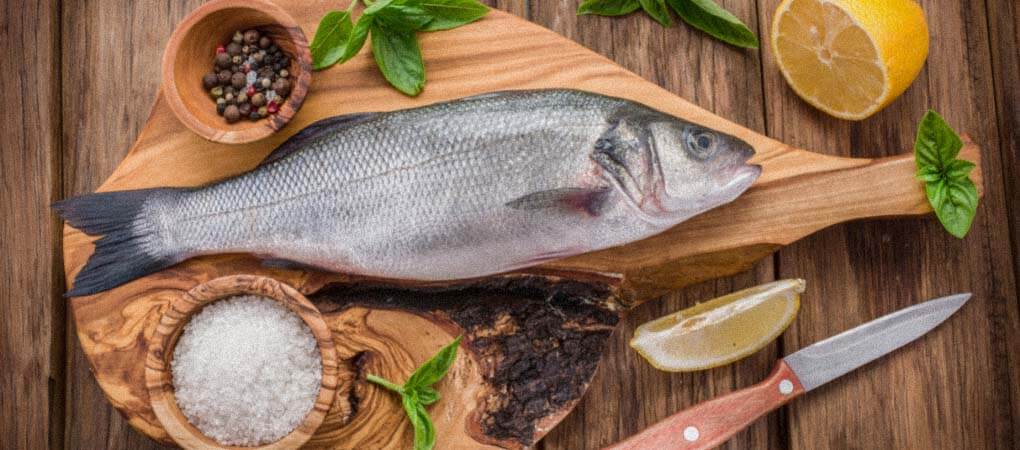
Finding and Catching Smallmouth Bass
Smallmouth bass fishing is like an art form and it’s one that I’ve tirelessly tried to perfect over the years.
Living in prime smallmouth territory has taught me plenty of lessons – let me share them here.
Where to Look
Unlike largemouth, smallmouth tends to hold to different structures. Smallmouth prefers rocky bottoms with gravel.
Gravel flats are some of the best areas to find smallies. During the pre-spawn season in late Winter, you’ll find them holding around 10-15 feet in these areas. Then, as the weather begins to heat up, they’ll move deeper.
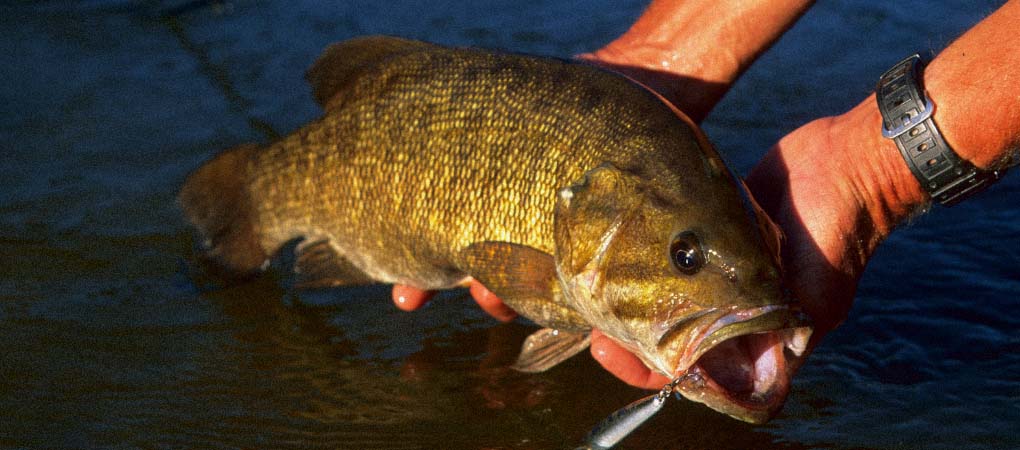
One other significant thing to understand about smallies is that they’re much more common in moving water. Largemouth tends to prefer stagnant water that allows them to feed on everything resting in those areas.
Smallmouth thrive in rivers and streams. I’ve had good success targeting eddies and rocky shorelines where the current creates perfect feeding zones.
Best Fishing Techniques
Through years of chasing smallmouth, I’ve found that three lure types consistently outperform everything else: soft plastics, jerkbaits, and topwaters. When fishing around heavy cover, topwater lures are a great option.
I like Berkley PowerBait tubes for smallmouth bass because they come with a built-in scent and they work great for smallies in most scenarios.
Even Professional Bass Angler Kevin VanDam told us in an interview that he looks forward to the crisp fall days when big bass are busting topwater lures. He also catches fish on spinnerbaits, crankbaits, and jerkbaits.
3 Expert Smallmouth Bass Fishing Tips
Let me share three game-changing tips I’ve learned from countless hours chasing smallmouth. While they share some traits with largemouth – like being cold-blooded and responding to pressure and temperature changes – there are some key differences.
1. Follow the Food – The single biggest lesson I’ve learned about smallmouth? They go where the food is. When I find schools of baitfish or areas rich with crawfish, I know I’ve found smallmouth territory. It’s that simple.
2. Master Finesse – While finesse techniques work for any bass, I’ve found they’re absolutely deadly on smallmouth. These fish can be pickier than their largemouth cousins, and a subtle presentation often triggers strikes when nothing else will.
3. Wacky Rig in Still Water – Use your wacky rig in lakes and ponds. While this setup is incredible in still water, it doesn’t perform as well in moving water.
Top Bass Fishing Rigs
There are a few things I love talking about more than different bass fishing rigs. One of the best things about bass fishing is the fact that you can get really creative with how you set up your tackle.
I’ll be straight with you – you don’t have to do any of these. You can still tie a hook on the end of your line, put some live bait on it, and catch plenty of bass.
Over time, as you begin to learn more about bass fishing, some of these rigs will start to intrigue you and you’ll realize that they can help take your game to the next level.
Here are some of my favorite bass fishing rigs.
Carolina Rig

The main reason why I love the Carolina Rig is that it’s simple to set up but super effective, especially with soft plastics. Let me break down exactly how I rig it:
- Place a sinker onto the mainline attached to the pole
- Add a plastic bead (I prefer plastic over glass because it’s less fragile)
- Tie on your swivel
- Attach a 12-48 inch leader (I adjust this based on water depth)
- Tie on your hook and add your soft plastic
The magic of this rig happens when you fish it – that weight drags along the bottom while your bait stays suspended naturally above it. This natural presentation is often irresistible to bass.
Drop Shot

I learned this pro-level setup from bass fishing legend Randy Howell. The reason the Drop Shot so popular is because of its similarities to the Carolina Rig in how it creates the presentation.
Here’s my step-by-step method:
- Start by stringing up your hook (don’t tie it at the end like usual)
- Leave about 4 feet of line below the hook (I’ve found this length works in most situations, though you can shorten it to 1 foot in shallow water)
- Secure your hook with a good knot
- Attach your drop shot weight to that extra line at the end
The beauty of this setup is that it keeps your bait suspended while the weight maintains constant bottom contact.
Texas Rig
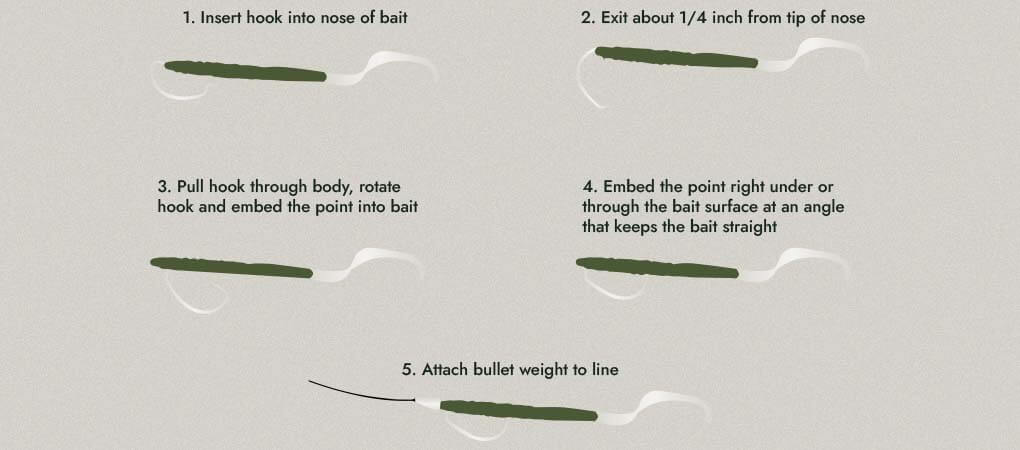
The Texas Rig is one of my favorites and one I used most commonly. The reason I use it is because of where I fish.
While other rigs collect every piece of grass and muck in the lake, this one slides through cover like it’s not even there. What makes it so special? It’s all about how the hook hides inside your soft plastic bait.
Here’s how I rig it:
- 1. Take the hook and turn it around towards the worm.
- 2. Push about a quarter-inch into the worm, so it pokes out the other side. You want the hook at a perfect 90-degree angle.
- 3. Keep pushing out until you reach the eyelet (don’t expose it)
Remember that the most important part of this rig is protecting the tip of the hook from exposure to vegetation. So, you want to push the end of the hook back into the worm if it pops out.
The first couple of times you do this, you’ll probably rip the worm, so I suggest testing it out on something you can afford to lose.
Wacky Rig

The Wacky Rig might look strange, but there’s a reason so many anglers (myself included) swear by it.
Here’s my method:
- Take a plastic o-ring and run it to the middle of your worm
- Insert a size 1 gap hook and loop it through the worm until the eye is barely exposed
- Line it up
Choosing the Best Lures
Bass lures come in so many different colors, styles, shapes, and purposes that it is hard not to want one of each.
Unless you are a professional, or you have tons and tons of storage space, the reality is that you probably don’t need or have the space for every lure that you come across. Ensuring that you grab the best bass lures is what’s most important.
You must buy the right kinds of bait for the waters that you’ll be fishing most frequently, for the typical weather conditions of your area, and for the size of bass that you are most interested in.
There are eight different types of artificial lures. Each of them will work best in certain situations and not in others.
It’s important to understand how to use each one properly to create the best opportunity to catch bass.

Soft Plastics
Soft plastic worms and tubes are intended to be added to hooks and imitate prey animals in shape, color, and texture.
These baits often work well for enticing fish to hold on to a hook, giving you more time to set your hook.
I’m a huge fan of Senko worms.
Spoons
Spoons are not typically used for bass fishing but can be effective in this arena if you are willing to give them a shot and have patience.
These simple lures, consisting of a shiny metal “spoon” attached to a hook, work similarly to spinnerbaits. They work well in open water when the sun is shining bright.
Swimbaits
Swimbaits aren’t as popular as other types of baits, but they are growing in popularity. Swimbaits are jointed and hollow-bodied, which allows them to mimic the swimming motions of small fish and other prey animals.
Swimbaits come in both hard and soft versions.
Jerkbaits
These baits should mimic baitfish like minnows and shad that have become shocked by cold water and struggle. Jerkbaits entice bass by looking like minnows and mimicking their movements.
These often have a paddle tail and moving appendages. For best results, use quick jerking actions with your rod, combined with a fast reeling motion.
Frogs
Frogs are a great option when you’re fishing dense cover with heavy vegetation. A lot of these lures are rigged to be weedless so you can pretty much cast them directly into the muck without bringing anything back with you.
Create a stop and go presentation with spinning gear and you’ll be surprised by the lunkers you pull out of the weeds.
Jigs
Jigs were designed initially to mimic crawfish, one of a bass’ favorite meals. These lures are very versatile and are one of the essential lures for every tackle box.
These lures work well under a variety of reel and rod movements.
Topwater Poppers
Topwater poppers are made so that they look like scared or injured prey animals when they are dragged through the water. Anglers can make this action more pronounced by twitching and jerking the rod and reel.
Rapalas
So, Rapalas aren’t exactly a “type of lure” and are more of a brand. I chose this to include because Rapala is one of the most popular brands out there and a lot of the lures you find will come from this brand.
I highly recommend shopping around and getting yourself a couple of these.
Hair Jigs
Fishing a hair jig for bass is all about navigating your lure through the water without touching the bottom.
This is a finesse presentation that requires you to have a lightweight rod and reel setup with fast action because you’re going to attract a lot more smaller bass.
Stickbaits
Stickbaits are about as old school as it gets and using stickbaits for bass fishing is a surefire way to get your grandfather excited. They look similar to a crankbait or topwater but they’re more basic. They don’t come with a fancy rattle or anything shiny, they’re just… there.
These lures generally float on the top or suspend a few feet below the surface. Choosing the best stickbaits requires you to understand where you’re fishing and what size bass you’re going after.
Selecting Your Gear as a Beginner
Choosing bass fishing gear is a fun experience. Some of my best memories are from visiting the local tackle shop with my dad when I was ten – he’d chat with the regulars while I explored every aisle. That’s where I fell in love with fishing.
Here’s what I learned: don’t overthink your first setup. You don’t need an $800 rod and a $1,200 reel to get started.
Get something within your budget, hit the water, and learn through experience.
Let me show you everything you’ll need to get started.
Rods
If you’ve never fished a day in your life, this might be a little overwhelming, but there’s no need to worry.
The rod comprises a few parts not limited to:

Some rods will come in one piece while others split apart to make it easier to transport.
The butt of the rod is on the bottom, and this will supply you with the necessary leverage needed to handle a big fish. If you’ve got a monster bass on the hook, you’ll need something to hold onto so the rod doesn’t fly out of your hands.
This is where the butt comes in.
Next, you’ve got the reel seat. The seat is usually two corkscrew-like sections that you can spin back and forth to secure the reel in place. This part of the rod allows you to remove the reel without having to scrap the rod.
Some rods also come in the form of “combos.” Rod and reel combos are a great option for beginner bass anglers.
These feature both a rod and a reel in one which makes deciding on the two much simpler if you’re not that familiar with various rigs. You won’t have to worry about lining up the right rod and reel because the manufacturer has already done that for you.
Now that you understand the components of a rod, let’s go through the types of rods.
Spinning
With spinning rods, the reel seat is on the bottom, and the eyelets are on the bottom as well. This ensures that the line flows smoothly off the reel through the eyes so you can get a fluent cast.
I always recommend spinning rod and reel setups for anyone learning how to fish because they’re easier to manage and don’t tangle as much.
When you’re fishing with a baitcasting setup, bird-nesting becomes a real problem, and spinning rods and reels make that much easier to manage.
When you’re just starting out, managing your budget and not spending a lot is important. Bass fishing can get expensive and most average spinning rods won’t break the bank.
Casting
Baitcasting rods are a great choice because they often provide a bit more durability than their spinning counterparts, but what you gain in strength you often sacrifice in weight as well.
The main difference between a spinning rod and a casting rod is the location of your reel. A casting rod will have the reel on top of the rod with the line guides on top.
That’s because the line flows from the reel, through the guides, and off of the rod on the top portion of the rod rather than the bottom.
Casting rods are more commonly used in bass fishing tournaments, and professionals prefer them because of their added sensitivity. Professionals feel that baitcasting reels provide more sensitivity, allowing them to work the lures better and create the ultimate presentation.
For a beginner, it’s challenging to use these reels, and that’s why I recommend spinning gear when you’re starting.
There is also a fourth rod, the fly rod, that you can use for bass fishing, but fly fishing for bass isn’t that popular.
Reels
One of the most challenging things to understand about bass fishing is choosing between a baitcasting and spinning reel. They each have their own set of pros and cons so it’s crucial that you know which is right for you.
Generally, beginners should stick with a spinning rod and reel setup as previously mentioned.
Let’s look at the types of reels.
Spinning
The spinning reel is the best choice for beginners because they are the most straightforward reels to jump into and start fishing with no experience.
Spinning reels have an open spool with the line exposed. These reels are on the bottom of the rod, and they’re much less likely to backlash. Spinning reels are great for bass because they can manage lightweight lures better than baitcasters, which is essential for catching bass.
A spinning reel should be used when you are planning to use light tackle. Spinning reels shine when lighter lines and lighter lures are needed!
I mentioned earlier that most bass anglers prefer to use a baitcaster but that doesn’t apply when speaking about beginner anglers.
A few instances are when a spinning reel will be in their hands in place of a baitcaster. One such example is when they are finesse fishing. As mentioned above, spinning reels shine when the lightweight tackle is needed, and finesse fishing requires the right line.
A spinning rod should be used when an 8lb test fishing line or smaller is needed to catch fish effectively. If your situation requires a 10lb test fishing line or larger, a baitcaster will likely be the best choice.
Baitcasting
Baitcasting reels sit on the top of the rod blank instead of the bottom. They have a closed spool with a portion of exposed line. The number one reason why I don’t recommend these reels for beginners is because they’re known for backlash which is when your line gets tangled up in the reel.
This can really cut into your fishing time and make for a miserable experience.
The reason baitcasting reels experience so much tangling is because of the way the bearings and braking systems operate. With a casting reel, once your lure hits the water, the reel continues to spin.
So, even though you’re not sending any more line out, the spool is still spinning. The line has nowhere to go and ultimately, it just unravels inside of the reel causing a big mess.
A basic rule of thumb for deciding when to use a baitcaster is the heavier the tackle; the more likely a baitcaster will be what you need to use.
This is why you see so many saltwater fishermen use baitcaster reels. They need heavier lines and lures, and a baitcaster can handle the heavy tackle and larger fish much more easily than a spinning reel.
Another instance when you should use a baitcaster instead of a spinning reel is when casting distance matters. A spinning reel will not cast as far as a baitcasting reel will.
Many bass fishing techniques require long casts so you’ll find that many professional bass anglers recommend a baitcaster.
Lastly, a baitcaster should be used when pinpoint accuracy is needed to catch fish. This is another reason why bass fishermen often prefer a baitcaster to a spinning reel.
Baitcasting rods and reels are much more accurate than spinning rods and reels. So when you need to place your lure in the perfect spot, use a baitcaster!
Trolling/Conventional
Trolling for bass might not be the most popular method but we should still discuss it. It’s a great way to locate large schools of bass and it’s a great option for midday fishing once the bass have moved out to deeper water.
I find that trolling works great with hot summer bass lures. This is because the bass will move out to colder water earlier in the day because of how hot it is in the shallow.
This closes the door much earlier and requires you to fish earlier in the day and later in the day if you expect to catch anything.
Trolling is also popular with offshore fishing for striped bass and peacock bass. This is the most common method of fishing used on charters.
Hooks

Choosing the right hook is a complicated topic.
You could spend an entire day in your local tackle shop talking about nothing more than hooks. Or, you could walk up and grab the first bag you see on the shelf and get out of there.
Honestly, I think the second option is the right choice in most cases.
While the hook you choose will make an impact on your ability to catch bass because some hooks will gather more weeds, some won’t disguise as well, and the weight can have an impact too; I still think your time is better spent on something else.
I’ll break down each type of hook quickly for you but I just want to say that a straight shank hook is the best option for beginners.
Straight Shank – These don’t have a bend at the top, and they work well for heavy cover conditions because they don’t have that snag area where you’ll take weeds with you.
Offset Round – The wide gap design simply allows for more space between the barb and the wire. The goal here is to limit their ability to swallow the hook so you don’t lose it, so it doesn’t kill the fish, and so they don’t cut the line.
Offset Wide Gap – This is set up almost exactly the same as the offset round but instead, it has a wider gap in the hook area to allow for larger lures and bigger fish to not swallow the hook.
Treble Hooks – A treble hook is a type you would typically see hanging off a topwater, crankbait, or swimbait. These have three hook ends with barbs sticking off the end.
Drop Shot Hooks – The drop shot requires a specific fishing technique to suspend small plastics in the water to create a natural presentation. Some people consider octopus hooks and drop shots the same.
Line
Line might not be the most exciting thing in the world but it’s important to understand the various types of lines and why we use specific kinds for each purpose.

Monofilament
This line is the most popular choice because it comes in a variety of different strengths and colors. It’s less expensive and stretches well too. Choosing monofilament for beginner bass fishing is essential because you need something that will resist abrasion and spool evenly, so you don’t have a loose line.
Monofilament floats and is larger in diameter than the other types of lines. This will cause lures to perform differently. Mono is the most beginner-friendly fishing line.
Fluorocarbon
The main difference between monofilament and fluorocarbon is that fluoro sinks and is typically used as a leader because it’s invisible underwater.
The leader is the part of the line closest to the lure. It helps prevent the bass from seeing the line.
Fluorocarbon sinks, which is why it is often used as a leader. It is often stiff or wire-like when spooling out, and this can cause significant problems. That is the main reason fluoro is not a beginner-friendly fishing line.
Braided
I love braided lines, and here’s why. It’s twice as strong as monofilament, and it casts much further due to the added weight. You don’t have to worry about braided twisting either, and it works great for spinning reels.
The reason it’s not a beginner-friendly line is that it’s easy for fish to see. Braid is often a solid color instead of translucent. It has a tendency to spin around your reel if you do not place a little monofilament on the spool first.
Ultimately, the best bass fishing line for you will depend on the level of your fishing experience and needs.
Final Thoughts
So, you made it. You’ve read through the entire bass fishing for beginners guide. Do you feel more equipped with the knowledge necessary to get out on the water and catch more bass? I sure hope so.
One of the greatest things about bass fishing is that there’s a certain level of comradery involved. Anglers are always looking to help one another out by providing tips, tricks, and lessons.
That’s what I love about writing for Anglers.com and I hope you can take what you’ve learned and apply it in your life. Good luck out there!

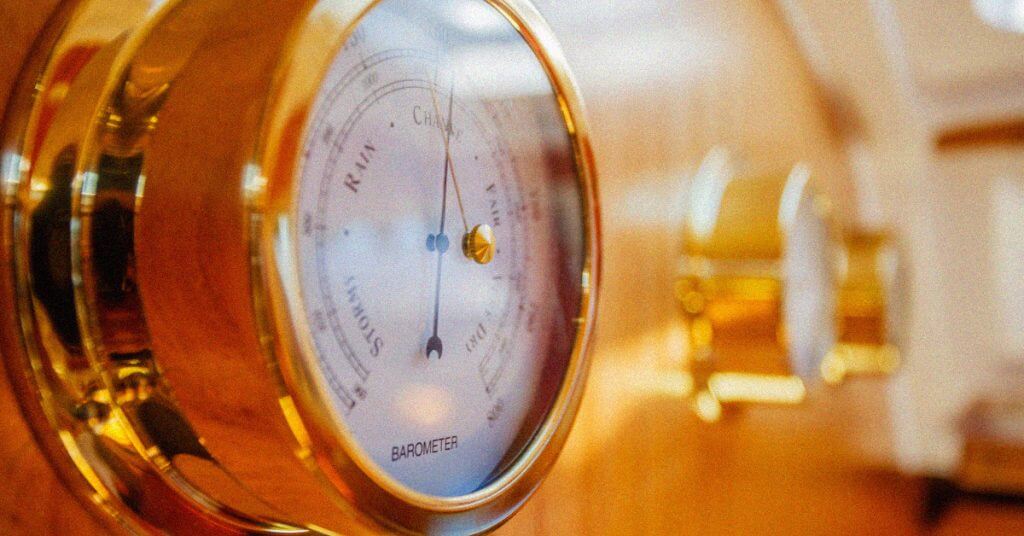
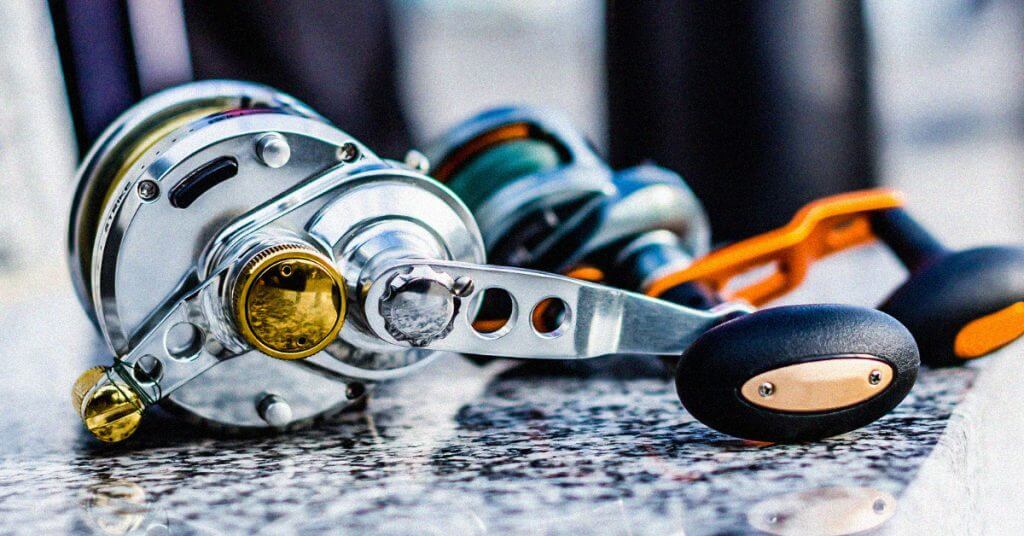
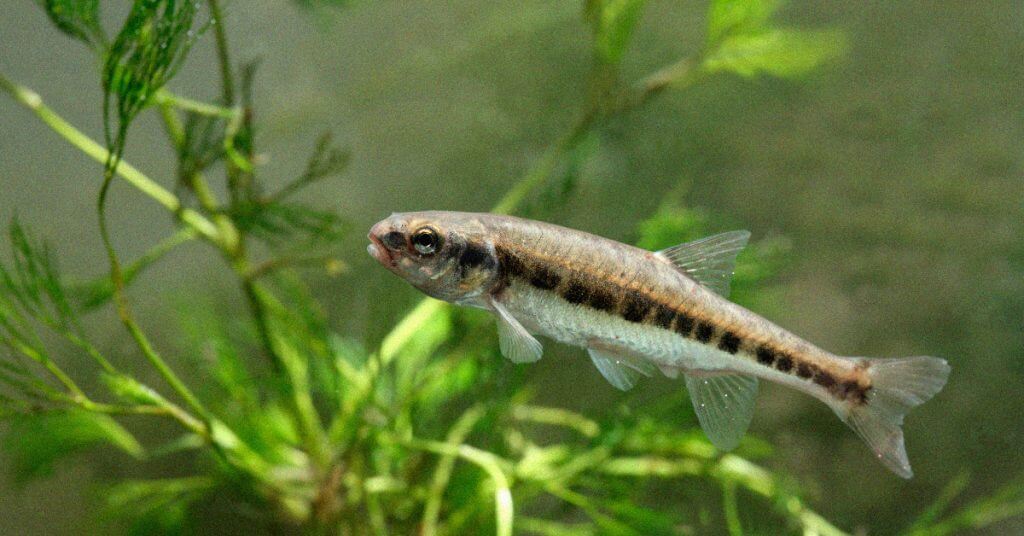
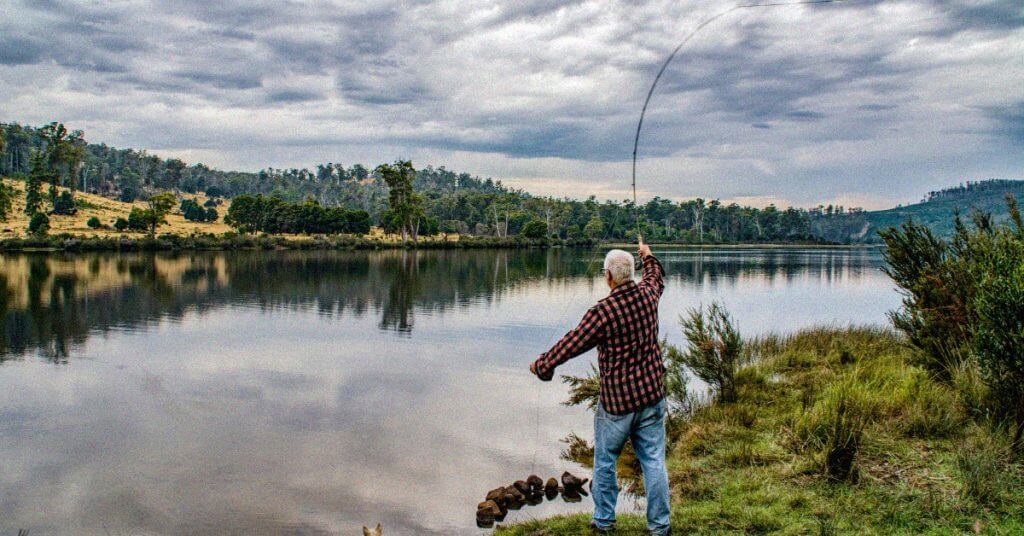
great article!
Thanks, David! Hope it helps you :)
Thanks for tha bass fishing knowledge . I’m gon put it to use and catch some.
Best of luck this season!
Your bass fishing knowledge is so deep. Though I have an article about it, I think I have to update it.